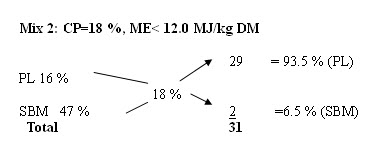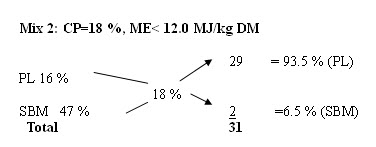

Eriophyid mites (Aceria sp)
They causes hairiness on sweet potato, a common problem in many parts of East and Southern Africa also known as "erinose". Eriophyid mites are tiny, much smaller than the spider mites (about 0.2 mm long) and look like a speck of dust. They are not visible with the naked eye. The mites feed in the buds and on young foliage of sweet potato plants, injecting growth substances into it, which induce the plant to produce a dense mat of hairs. As a result the stems, leaf petioles, buds and undersides of leaves become covered with a dense layer of white hairs. The leaves and plants are also generally slightly stunted; the leaves and stems thickened, and the plants yield poorly.
Occasionally, whole crops are affected but often the symptoms affect just one or a patch of plants, and often only particular varieties. The mites invade crops by being blown like dust particles in the wind.
- Little is known about them despite their commonness and little is known about how to control them.
- Some varieties of sweet potato seem more prone to infestation than others but no research has been done so far. Where hairiness is a problem, farmers could plant varieties that are least affected.
